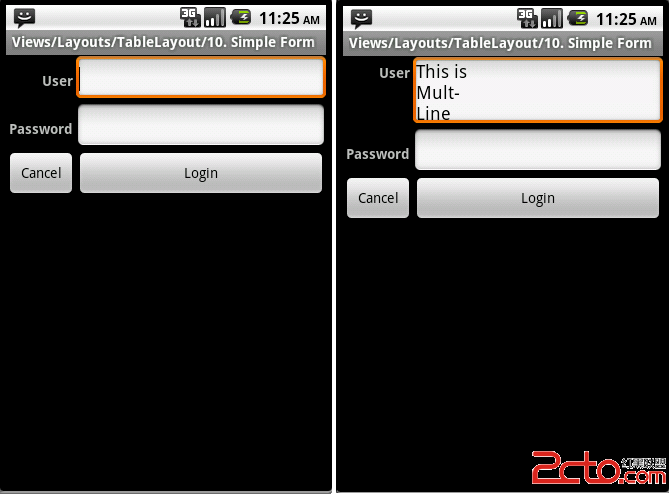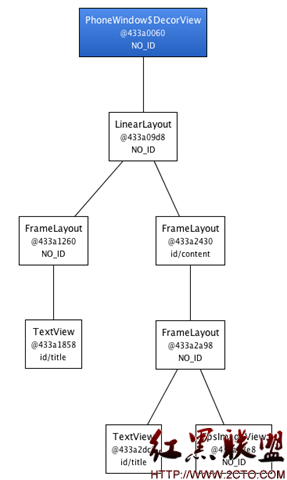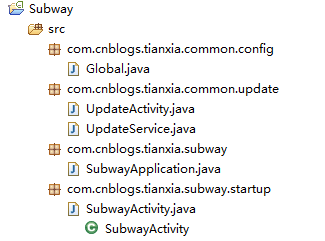android核心机制之Zygote启动流程
Zygote实际上是一个进程繁殖器,通过socket的select模型进行繁殖.类似命令的方式来进行Fork.
下面绘制了其流程图.
可以看到:
1.Zygote服务实际上是一种Select服务模型.
2.为了启动java代码,进行了一次androidRuntime的打开和关闭.
3.启动的SystemServer进程,此进程启动了一个线程注册了很多服务之后,开启了手机的HOME(也就是桌面),然后开始服务循环.(注意:此服务是Binder服务,Binder服务一启动就是俩线程。可能是因为是两个CPU吧。
代码如下:
4.Zygote进入select循环系统,开始服务.
5.此服务是很简单的,而且是通用的服务代码。(也就是取数据,传输数据,与SOCKET有些类似)。上层必须基于此服务原型来写相应的代码。
Java代码
ProcessState::self()->startThreadPool();//启动一个。
IPCThreadState::self()->joinThreadPool();//把此线程也加入。
Cpp代码
case BR_TRANSACTION:
{
binder_transaction_data tr;
result = mIn.read(&tr, sizeof(tr));
LOG_ASSERT(result == NO_ERROR,
"Not enough command data for brTRANSACTION");
if (result != NO_ERROR) break;
Parcel buffer;
buffer.ipcSetDataReference(
reinterpret_cast<const uint8_t*>(tr.data.ptr.buffer),
tr.data_size,
reinterpret_cast<const size_t*>(tr.data.ptr.offsets),
tr.offsets_size/sizeof(size_t), freeBuffer, this);
const pid_t origPid = mCallingPid;
const uid_t origUid = mCallingUid;
mCallingPid = tr.sender_pid;
mCallingUid = tr.sender_euid;
int curPrio = getpriority(PRIO_PROCESS, mMyThreadId);
if (gDisableBackgroundScheduling) {
if (curPrio > ANDROID_PRIORITY_NORMAL) {
// We have inherited a reduced priority from the caller, but do not
// want to run in that state in this process. The driver set our
// priority already (though not our scheduling class), so bounce
// it back to the default before invoking the transaction.
setpriority(PRIO_PROCESS, mMyThreadId, ANDROID_PRIORITY_NORMAL);
}
} else {
if (curPrio >= ANDROID_PRIORITY_BACKGROUND) {
// We want to use the inherited priority from the caller.
// Ensure this thread is in the background scheduling class,
// since the driver won't modify scheduling classes for us.
// The scheduling group is reset to default by the caller
// once this method returns after the transaction is complete.
androidSetThreadSchedulingGroup(mMyThreadId,
ANDROID_TGROUP_BG_NONINTERACT);
}
}
//LOGI(">>>> TRANSACT from pid %d uid %d\n", mCallingPid, mCallingUid);
Parcel reply;
IF_LOG_TRANSACTIONS() {
TextOutput::Bundle _b(alog);
alog << "BR_TRANSACTION thr " << (void*)pthread_self()
<< " / obj " << tr.target.ptr << " / code "
<< TypeCode(tr.code) << ": " << indent << buffer
<< dedent << endl
<< "Data addr = "
<< reinterpret_cast<const uint8_t*>(tr.data.ptr.buffer)
<< ", offsets addr="
<< reinterpret_cast<const size_t*>(tr.data.ptr.offsets) << endl;
}
if (tr.target.ptr) {
sp<BBinder> b((BBinder*)tr.cookie);
const status_t error = b->transact(tr.code, buffer, &reply, 0);
if (error < NO_ERROR) reply.setError(error);
补充:移动开发 , Android ,




